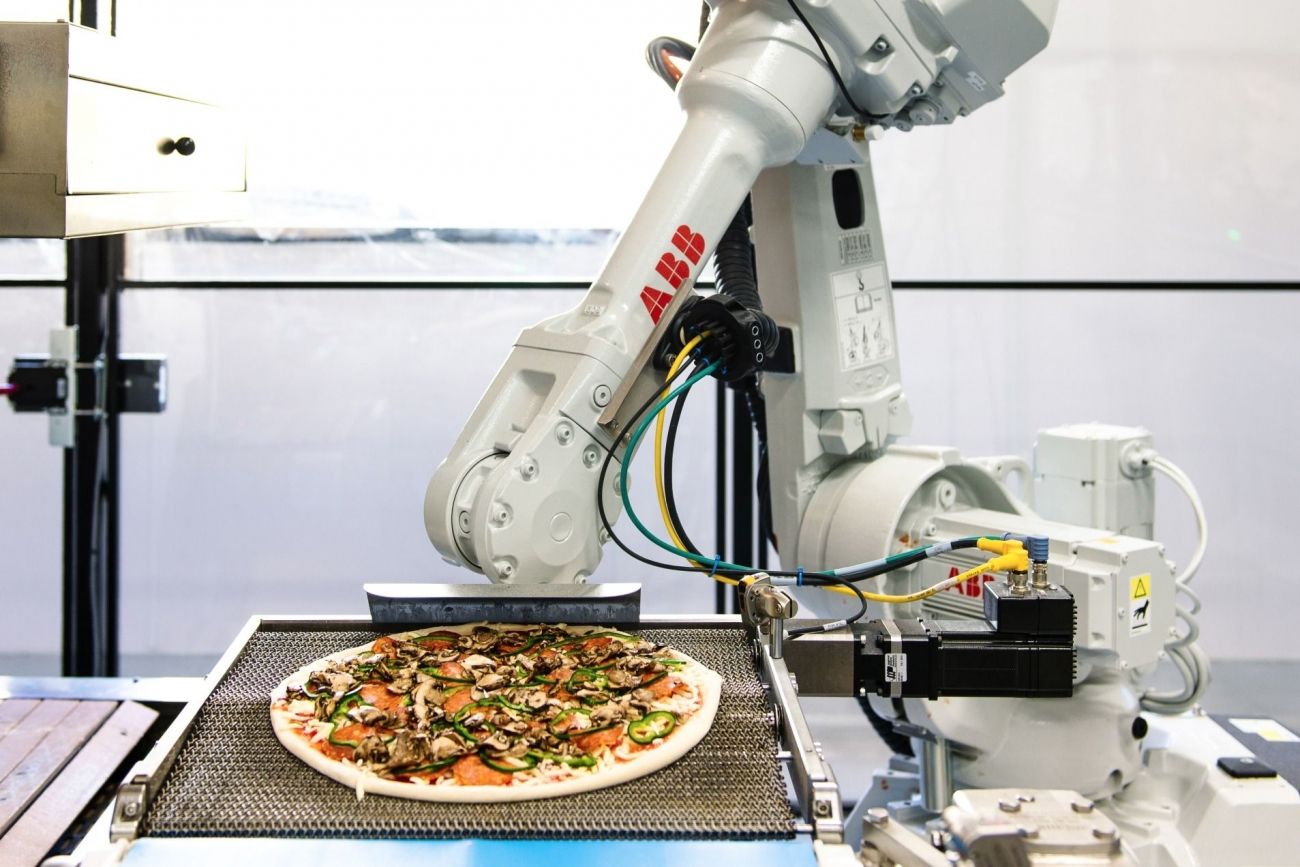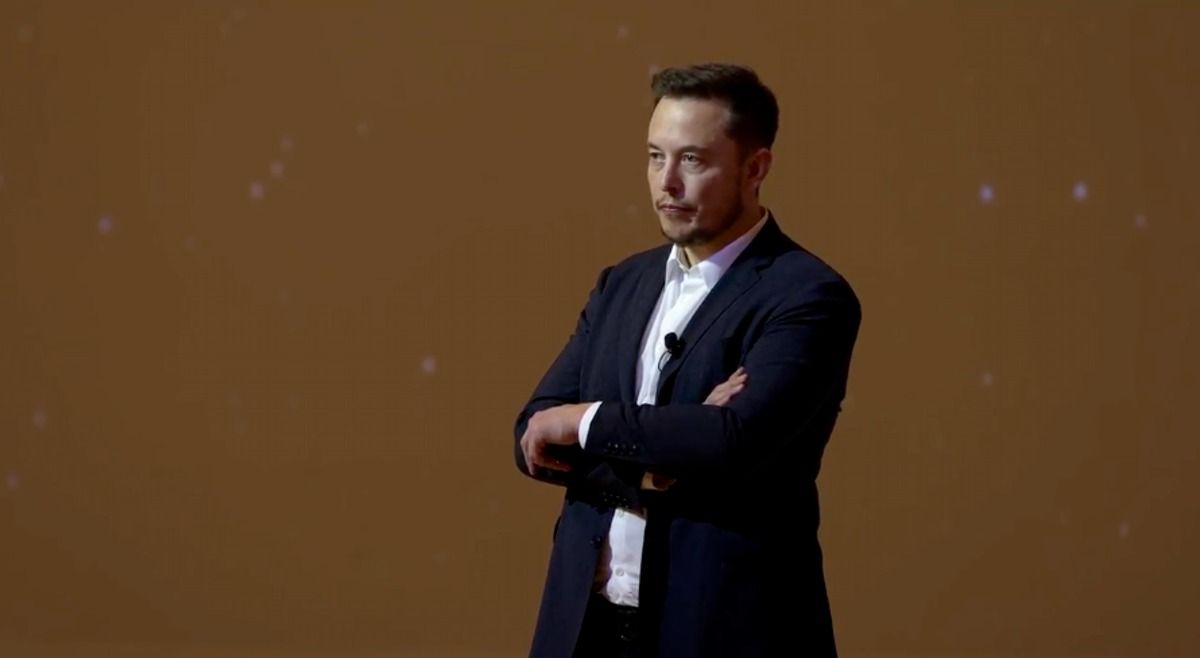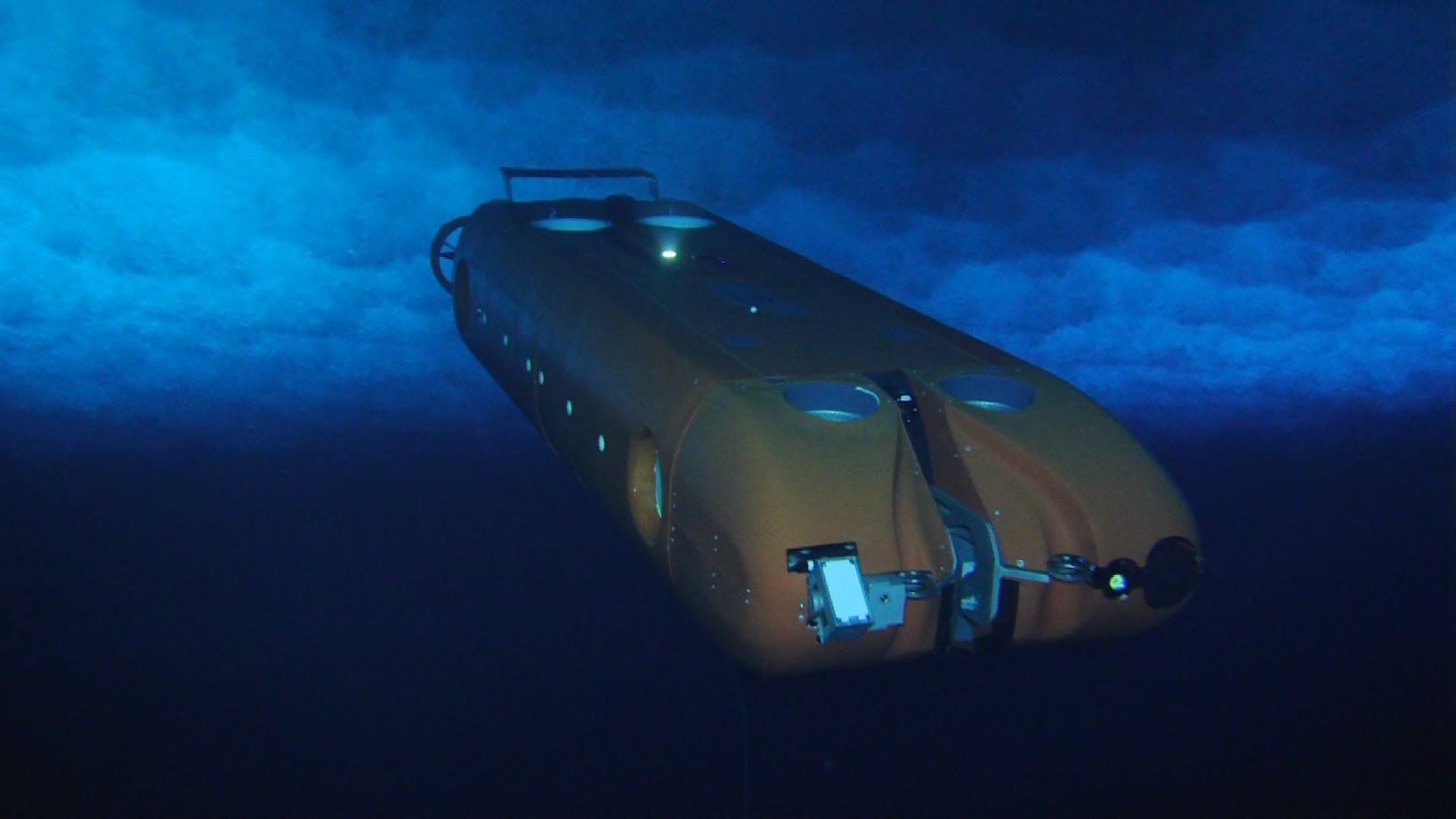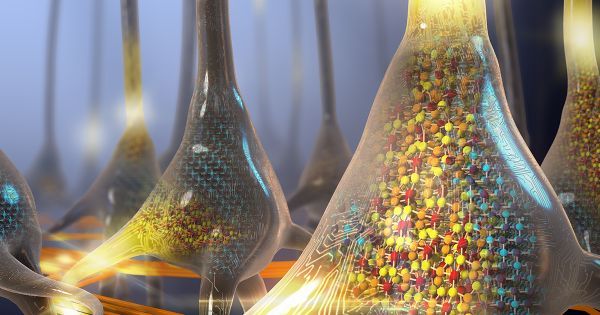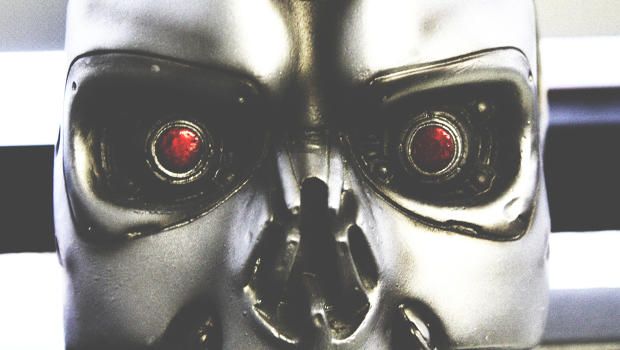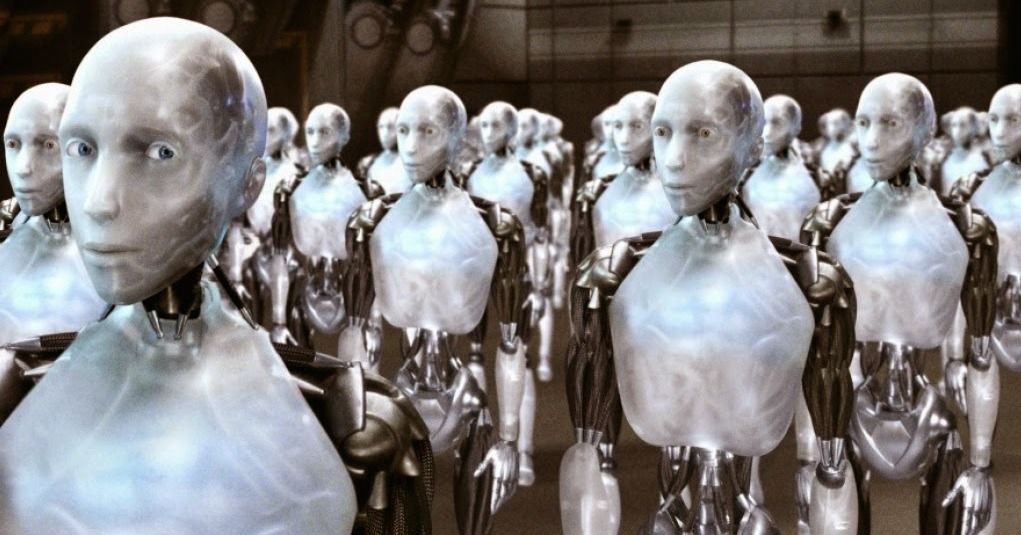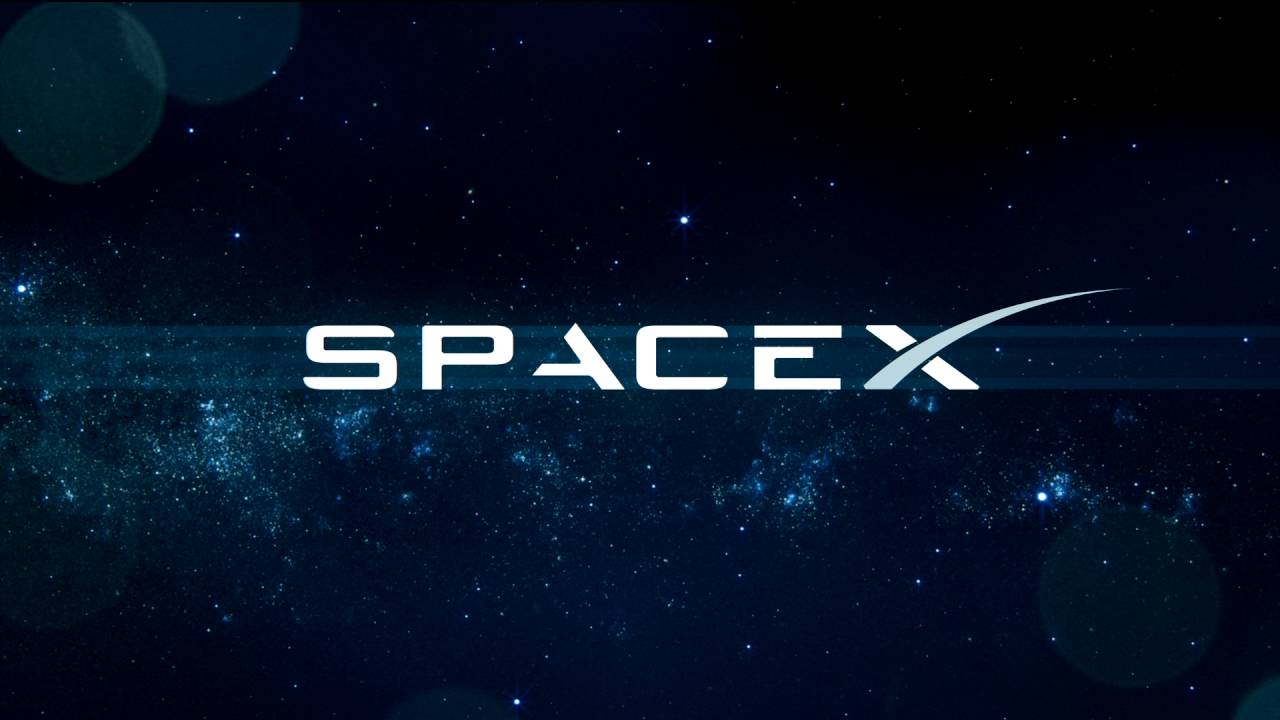Its co-founder may have this skeptical New Yorker convinced.
Anyone who is, or will be, anywhere near these potentially severe earthquake damage zones, be safe!
A series of quakes under the Salton Sea may be a signal that the San Andreas Fault is on the verge of buckling. For the next few days, the risk of a major earthquake along the fault is as high as 1 in 100. Which, holy crap.
The exploration of Europa begins under the ice in Antarctica.
That’s where a team of researchers, led by the Georgia Institute of Technology (Georgia Tech), has been testing a variety of robotic subs in recent years to learn about what technologies will work best when NASA eventually launches a mission to Jupiter’s icy moon.
“I really want us to go down through the ice on Europa. I want to explore what’s down there,” says Britney Schmidt, assistant professor at the School of Earth and Atmospheric Sciences at Georgia Tech and principal investigator for the NASA-funded project called SIMPLE, for Sub-ice Investigation of Marine and Planetary-analog Ecosystems.
In Brief.
Scientists at IBM achieve another breakthrough by recreation of artificial neurons that successfully respond to phase changes due to electric signals while using very little power, much like the human brain.
Even after all the developments in computers, the human brain remains by far, the most complex, sophisticated, and powerful computer in existence. And for decades, scientists have been looking for ways to translate its processing mechanisms into a system that machines can replicate.
Unconscious biases can play a role in what type of people get hired, promoted and fired in the workplace. Unfortunately, we all have unconscious biases. Though, some have more problematic (racist and/or sexist) ones than others. That’s why diversity consulting startup Paradigm and HR platform Emtrain have co-launched an online course to teach people how to manage their unconscious biases.
Managing Unconscious Bias, a two-year online course, monitors employee progress and identifies unconscious bias “hotspots” in the workplace. The course implements video, dialogue and other activities to engage employees. It also gathers and shares feedback from those participating, and provides anonymized data to employers.
“This is really facilitating an online dialogue,” Emtrain CEO Janine Yancey told me. “It’s an ongoing program and dialogue, and what I’m excited about is soliciting some of these personal experiences that people might not otherwise feel comfortable sharing.”
Tech billionaire Elon Musk is convinced that we must colonise Mars with a million people if the humanity is to survive long-term. To that effect in 2008, he almost went broke funding SpaceX – his then-new aerospace company – to keep developing next-generation rockets.
And on Tuesday, at a challenging moment in the 14-year-old company’s history, Musk plans to unveil his grand vision: to turn Mars into a “backup drive” and save humanity.
The big announcement is scheduled for Tuesday, September 27 at 2:30pm EDT during the 67th International Astronautical Congress (IAC) in Guadalajara, Mexico. (Watch it live at the end of this post.)
IBM delivered on the DARPA SyNAPSE project with a one million neuron brain-inspired processor. The chip consumes merely 70 milliwatts, and is capable of 46 billion synaptic operations per second, per watt–literally a synaptic supercomputer in your palm.
Along the way—progressing through Phase 0, Phase 1, Phase 2, and Phase 3—we have journeyed from neuroscience to supercomputing, to a new computer architecture, to a new programming language, to algorithms, applications, and now to a new chip—TrueNorth.
Fabricated in Samsung’s 28nm process, with 5.4 billion transistors, TrueNorth is IBM’s largest chip to date in transistor count. While simulating complex recurrent neural networks, TrueNorth consumes less than 100mW of power and has a power density of 20mW / cm2.
